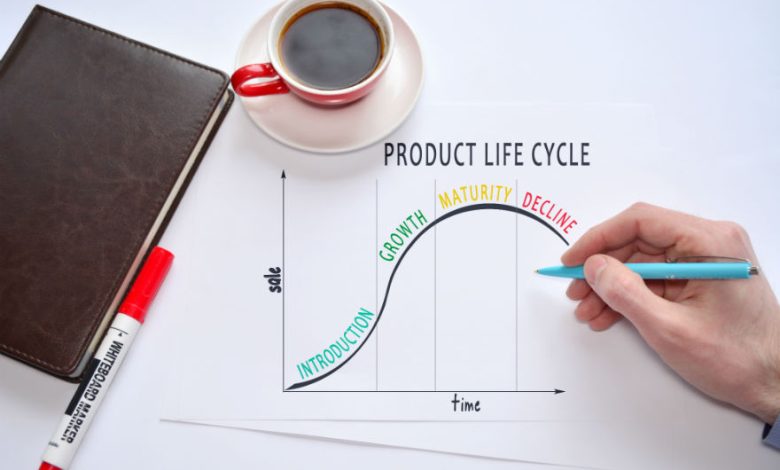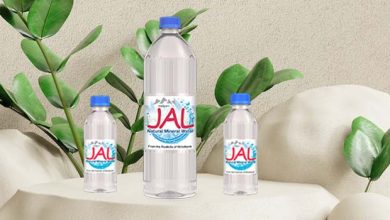Stages of Amazon Product Lifecycle

Selling on Amazon requires a significant amount of research about market trends, the demand and competition for items you’re looking to sell.
This is particularly important for private label brands that develop their own products because research will reveal whether it’s worthwhile to invest many years of effort and money.
However, some online stores have to stop here. They discover a product that is successful and then work on improving their logistics and management. But, as the marketplace expands and evolves their sales will eventually decline and they are losing money.
This is among the reasons that only 2 from 10 smaller enterprises endure for five years. Companies that aren’t able to change and improve their offerings will not remain successful in the face of market fluctuations.
It is vital to conduct amazon market research on products to create an online storefront that can adapt to the needs of customers and continues to offer products that are sought-after.
Each product has a lifespan however, some have a longer lifespan than others. Certain products also have different stages of being ‘born and die’ and then come back.
Knowing the status of your product and where it is in its lifecycle and the time it’s likely to die can help you in all aspects of your company because you can provide an appropriate customer experience, lower pricing for your product and make better marketing choices.
Understanding the 4 Stages of Product Life Cycle
1. Introduction
The product is entirely unique to the market and has to demonstrate value and value. Marketing policies should define why the product is necessary or what it should be able to offer to draw attention.
There is generally very little or there is no competition. The main challenge is to create demand and convince consumers to believe that this product will be worth the price.
These are products that carry a high risk however, the introduction of a product will establish you as the original creator and thus the main brand.
2. Growth
The product is getting adopted and could be duplicated and sold by different suppliers. The target market is becoming more cognizant of what the item is, and their main concerns are about quality and whether the product will satisfy their expectations, and which vendor provides the most competitive price.
There is a large need for it, and it’s expected to continue expanding. The products in the growth phase have low risk and minimal competition, but they also offer good returns.
3. Maturity
The product is awash in the market. There are numerous sellers offering similar models or alternatives and the market is crowded.
The target audience has a good understanding of the product’s benefits, and marketing is focused mainly on standing out from other brands.
The latest features, styles and colors are frequently added in this phase. Certain products may remain at this stage almost indefinitely.
Mature products have a moderate risk, contingent on the marketing team’s capabilities and the ability of your team to compete in the price range you choose.
4. Decline
The product is no longer wanted or required and the demand for it is declining and sales are declining. This could be due to this product being replaced with an improved, more modern idea or because of a shift in attitudes or other reason.
The sales of these products will continue to decline. Marketing challenges must be focused on establishing a connection with the consumer base in order to take the products out of warehouses before it is deemed dead inventory. The products shouldn’t be put into.
Read More : The Complete Guide to Amazon ACoS in 2022



